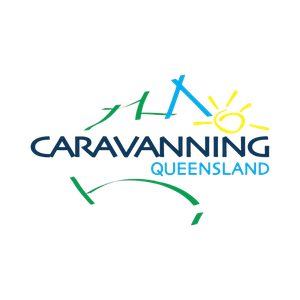
Jellyfish stings can cause intense pain, burning, redness and swelling. While most are not life-threatening, immediate treatment is essential, especially in tropical regions where some species can cause serious or even fatal reactions. If stung, leave the water straight away and rinse the area with sea water. Carefully remove any tentacles without rubbing the skin, then immerse the affected area in hot (but not scalding) water for at least 20 minutes. Keep an eye out for any severe symptoms like difficulty breathing, confusion or intense pain. If these occur, call emergency services (000) immediately. Stings from tropical species like Box Jellyfish or Irukandji require urgent medical attention – dial 000 right away and begin first aid. Always swim in stinger nets during jellyfish season (November to May) and wear a stinger suit where possible.
© 2025 Drive Queensland. Images courtesy of Tourism and Events Queensland and Drive Queensland Partners






